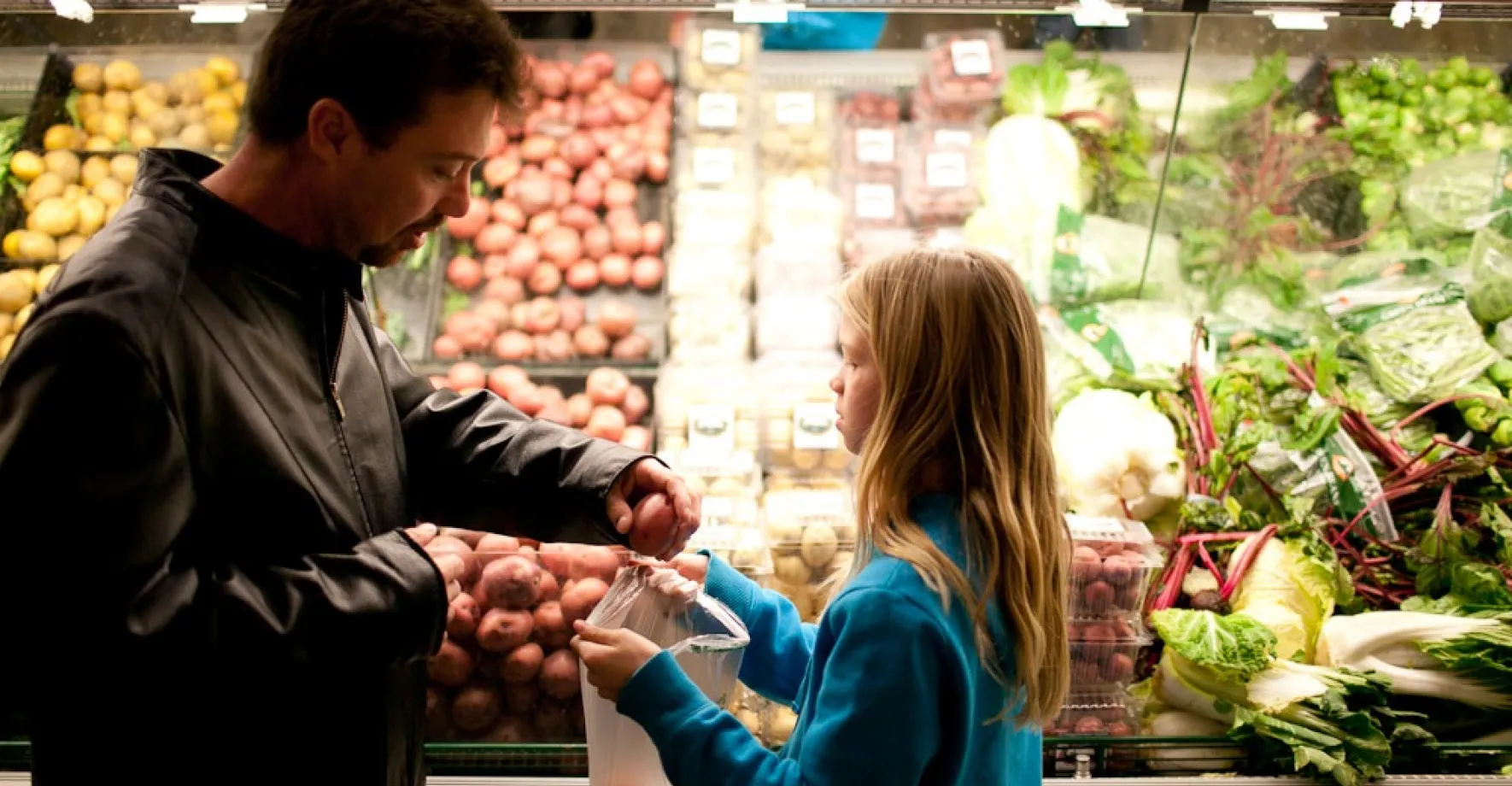
This week, the United States Department of Agriculture (USDA) announced it will update the long outdated “Thrifty Food Plan,” the basis for determining SNAP benefits. This update will help SNAP recipients get more of the food they need by increasing average SNAP benefits more than 21% over pre-pandemic levels.
Here are five things to know about what this means.
-
The Thrifty Food Plan (TFP) determines how much families need in SNAP benefits in order to have a basic nutritious diet.
The USDA defines the TFP as the “national standard for a nutritious diet at a minimal cost.” In other words, it’s an outline for the cheapest nutritious diet possible for a family to live on. The USDA uses this as a basis for how much the maximum monthly SNAP benefit should be. It does this by creating theoretical “market baskets” for different age and gender groups, using this to calculate food prices, nutritional requirements and dietary recommendations. - It’s past time for an update. The Thrifty Food Plan is outmoded and makes unrealistic assumptions about food cost, the time it takes to plan and prepare meals and what constitutes a healthy diet.
The TFP was first introduced in 1975 and its value has only been updated once to adjust for inflation. It makes assumptions about what food costs and how people eat, which just don’t hold up for today’s grocery prices and time-strapped families. For example, it assumes families:
— Consume 40 pounds of milk and yogurt a week
— Are able to spend up to two hours every day to cook
— Eat more than 5 pounds of beans a week
— Prepare the majority of their meals - including items like bread - from scratchThis just isn’t realistic. The world looks a lot different than it did in the 1970s. For example, today it’s much more likely that parents are working and don’t have unlimited time during the day to shop and cook. Preparing healthy meals takes time and money, both of which can be in short supply for low-income families juggling parenting, careers and other caretaking responsibilities.
- SNAP benefits are inadequate, in part, because of the Thrifty Food Plan.
Since SNAP benefits are calculated based on the TFP, they fall short of what many families need to buy and prepare healthy meals. Prior to the pandemic, the average SNAP benefit was just $1.40 per person per meal. Families receive their SNAP benefits monthly, and for many, this benefit runs out before the end of the month. In fact, over half of households enrolled in SNAP exhaust their monthly benefits in the first week of issuance, over three-quarters by the second week and nearly 90% do so by the third week.This has profound consequences. When SNAP benefits run out, families struggle to have enough healthy food for everyone and this has an impact on kids’ health and education - test scores drop, discipline issues rise, and children are more likely to get sick.
- Under the new Thrifty Food Plan standards, families will receive a higher SNAP benefit, which will help them get more of the food they need.
In the 2018 bipartisan Farm Bill, Congress mandated the USDA reevaluate and reform the TFP. This update fulfills that directive, and, as a result, there will be an increase in SNAP benefits, with families receiving an additional $36 each month per person. Although Congress authorized a temporary increase in SNAP benefits during the pandemic, it was slated to decrease at the end of September. This update will help soften that blow. - Higher SNAP benefits will help working families, children, seniors and those with disabilities.
SNAP benefits are targeted to reach the nation’s most vulnerable individuals, including children, the elderly and people with disabilities. Nationally, more than 66% of SNAP participants are families with children, almost 36% are families with members who are elderly or have disabilities, and nearly 42% are in working families.
This is critical in both the short and long term. When kids have access to nutritious food, they are healthier, have fewer chronic illnesses, have better cognitive development and perform better in school. This leads to more opportunities throughout their lifetime, like higher lifetime earnings and the ability to escape the cycle of poverty.
Although this update is important and gets one step closer to filling the need, more must be done for struggling families. There is no one-size-fits-all approach and every family needs a unique blend of resources to address hunger and hardship. That’s why we still need other critical tools like school meals, flexibility in how schools and community groups reach kids in need and direct benefits to families.



